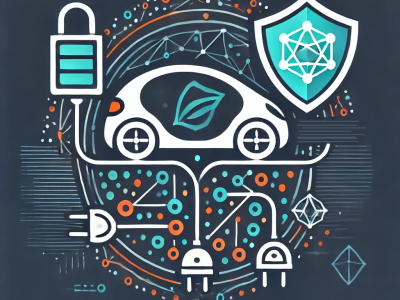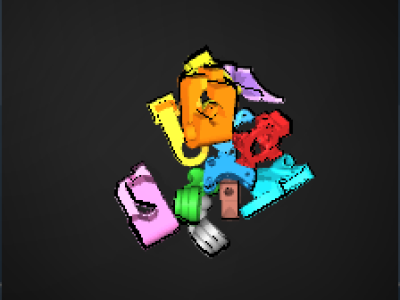
This dataset collection supports the research presented in the manuscript titled “Privacy-preserving and Verifiable Federated Learning for Biometric Data in Edge Computing” (submitted to IEEE Transactions on Knowledge and Data Engineering). It includes three curated biometric datasets—SigD, BIDMC, and TBME—that are used to evaluate the BPVFL framework’s performance in privacy-preserving and verifiable federated learning scenarios.
- Categories:






